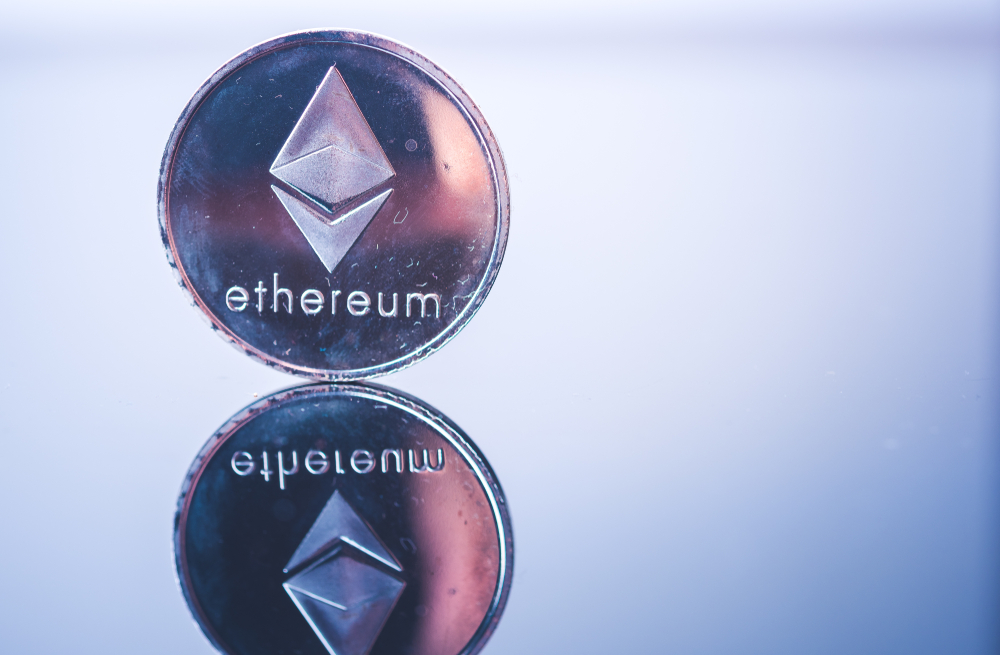Launched in August 2021, Ethereum Improvement Proposal (EIP) 1559 has continued to burn ETH at an extreme rate. Today, roughly 2.7 million ETH worth $4.56 billion has been taken out of circulation. A part of every Ethereum transaction gets destroyed, as per EIP-1559.
According to data on the Ultrasound Money website, EIP-1559 has already destroyed over 16,356 ETH in the past seven days. That means the Ethereum protocol is burning the token at an approximated rate of 1.62 ETH per minute.
Is ETH Becoming More Deflationary Than BTC?
The burn mechanism shows that the amount of ETH being burned is more than the amount supplied to validators. Also, Ultrasound Money data indicate that the ETH supply growth has declined to -1.07% per annum since EIP-1559 got implemented.
That makes Ethereum more deflationary compared to Bitcoin, which has been described as the original sound money for a long time. Moreover, several blockchain observers have suggested that the deflationary trend of Ethereum is likely to continue for at least two years.
The only reason the observers’ projection might not be fulfilled would be in case ETH usage and adoption fall significantly because ETH is burned only when a transaction happens. As of now, Non-Fungible Tokens (NFTs) and Decentralized Finance (DeFi) are driving the adoption of Ethereum.
Burn Rate Shows NFTs and DeFi are Fueling Ethereum Network Adoption
Data from Ultrasound Money shows that DeFi and NFTs have accounted for the burn of over 8,500 ETH in the past seven days. For example, transactions on the leading NFT marketplace, Opensea, burned about 1290 ETH, while 870 ETH got destroyed on UniSwap V3, a decentralized exchange.
As for ETH burns on Stablecoins transactions, we focus on major rivals, USDT and USDC. It is evident that USDT’s market cap is way above the USDC’s, but also Tether transactions are responsible for huge amounts of ETH being destroyed.
As per Ultrasound Money data, USDT transfers destroyed approximately 712 ETH in the past seven days, while Circle’s USDC transfers burned about 225 ETH. This clearly indicates that Tether is still driving stablecoin adoption on the Ethereum network.
